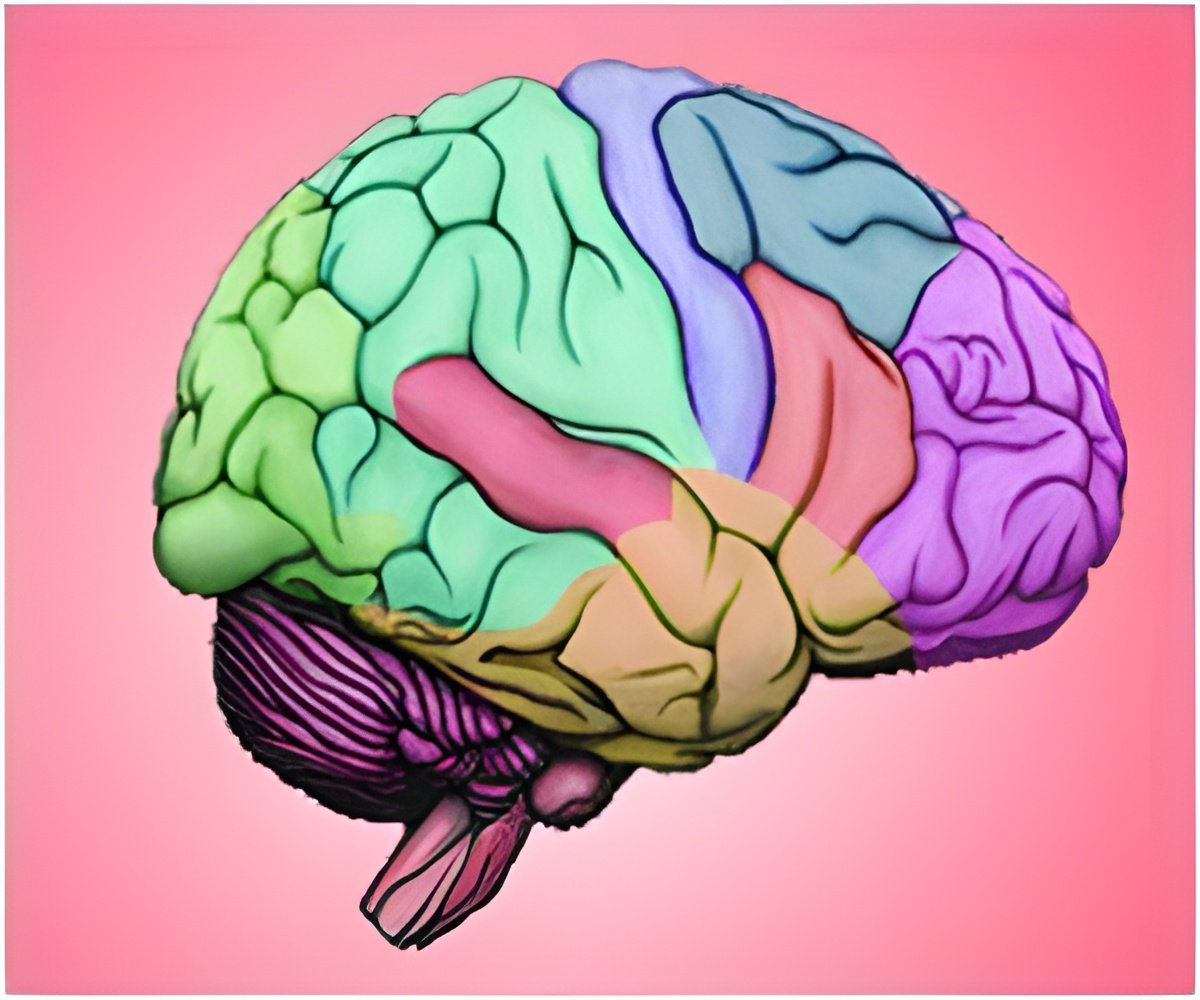
‘New study examined actual neural activity in the brain in response to cross-linguistic differences related to motion. This can give insights into how our brains interpret language in ways we never would have expected.’
Read More..Tweet it Now
"Physical movement always has the same key components, no matter where you live in the world, no matter what language you speak," explains Ozcalışkan. "But languages talk about it differently."Read More..
Languages such as English, Polish, German and Dutch include the manner in which we move in the actual verb (we bolt, race, dawdle, sashay). But other languages, such as Spanish, Turkish, Japanese or Korean, add the manner at the end as a modifier (we enter rapidly, we ascend slowly).
Languages also differ in the way they describe the path of physical movement. Spanish includes path in the verb: we descend the mountain, or more dramatically, we descend the mountain arduously. But other languages, such as English and German, add the path after the motion: we crawl down the mountain.
The way we habitually express motion becomes internalized, says Ozcalışkan, and likely affects how we perceive our world, particularly when speaking. And when we're faced with another language's unfamiliar description, our brain has to work harder momentarily.
This can actually be measured with an electroencephalogram (EEG), a test used to evaluate the electrical activity in the brain. In their new study, the researchers tested motion descriptions in English and Spanish and found a surprising pattern.
Advertisement
"It is usually found in response to grammatical errors. We think that when you read a sentence structured in a way that is unfamiliar, you have to stop and go back and analyze it just as you would with a grammatical error."
Advertisement
This is the first study that has examined actual neural activity in the brain in response to cross-linguistic differences related to motion. "And this study follows a long line of research on motion events at our lab at Georgia State University," said Ozcalışkan.
Previous studies in Ozcalışkan's laboratory have looked at how individuals use their hands when speaking, which also differs strongly across languages. In future studies, the researchers want to test a variety of the world's languages, to see if the P600 pattern remains when describing physical movement. They also want to test Spanish and English bilingual speakers to see if there is still a P600 effect when one is fluent in both languages.
In the end, this kind of research can give us insights into how our brains interpret the world around us, influenced by language in ways we never would have expected or perhaps even noticed.
Source-Eurekalert







